Capital:
Podgorica
Currency
Euro
Best time to visit:
Spring and autumn are the best times to visit Montenegro, but each season has its advantages. In winter the abundant snowfalls allow you to ski in the mountain stations. In summer, the heat can be stifling, especially in the capital, but, along the coast, the high temperatures are offset by the cool sea breezes.
In a word:
Hvala (grazie)
Vaccines
None
Warnings:
- Avoid going around the capital in the summer during the day, the heat can be really stifling.
- The country is very mountainous: plan trips based on the duration of the journeys and not the distances.
At the table:
Although the influence of the Balkans is evident when you sit down at the table, Montenegrin cuisine is also rich in Mediterranean flavors. In the coastal regions, let yourself be tempted by seafood cuisine while in the hinterland discover dairy products (yogurt and cow or sheep cheeses), but also sausages, grilled lamb and skewers. Among the desserts, baklava and pancakes stuffed with rich fillings stand out.
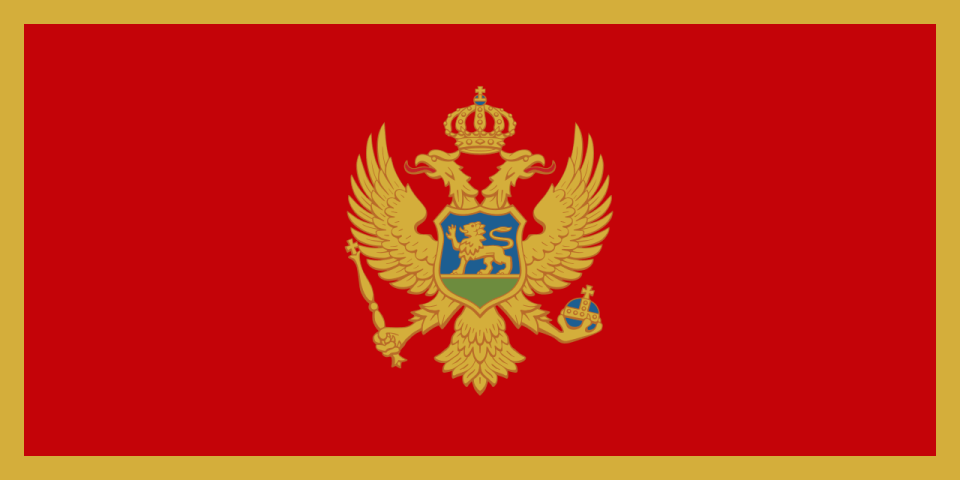
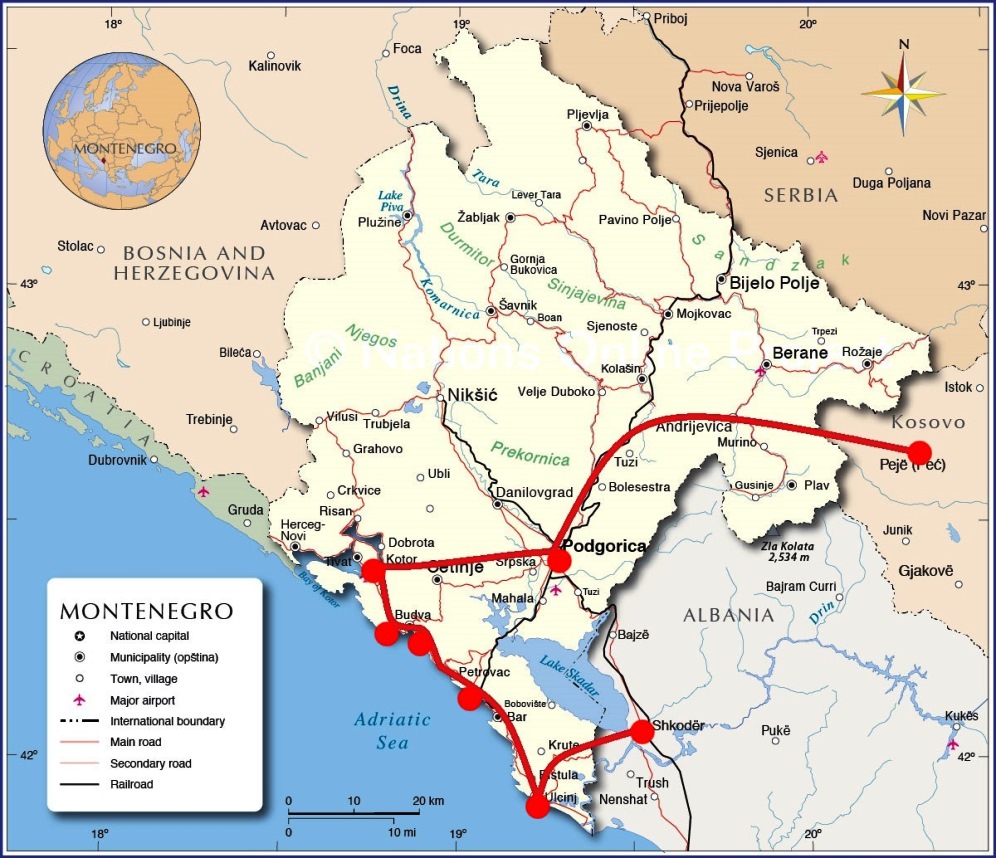
Essential experiences:
Visit the capital wandering in the middle of the night because of the heat with all the shops and activities open; Fill your eyes with wonder at Sveti Stefan; Enter an enchanted village in Kotor.
In this adventure we started from Tirana, the capital ofAlbania, to discover the lesser known countries of the Balkans: the new born Kosovo and small Montenegro.
It is a multi-ethnic state, the only one in the former Yugoslavia where Serbs, Croats, Bosnians, Albanians, Roma etc. have found a peaceful way of coexistence. Obviously there is no lack of misunderstanding, especially in the religious sphere.
A pearl of Europe a stone's throw from Italy. Spectacular beaches like Croatia, majestic mountains like Switzerland, green forests like Germany and a mild climate like Greece. In addition, a delicious gastronomy influenced by Italy and Turkey and a tradition linked to the sea that will amaze you. Montenegro is one of the smallest countries in Europe, to be explored far and wide with a great trip ... at a small price; in fact it is a low cost destination for a holiday of culture, nature and folklore: a wonderful slice of the Mediterranean kissed by the sun.
Our suggested itinerary (11 days) | |
two days: | Podgorica |
three days: | Kotor |
four days: | Budva, Sveti Stefan |
one day: | Ulcinj |
| one day: | transfer to Albania or Podgorica and flight to numerous European cities |
After a long and tiring bus trip we leave Kosovo to enter Montenegro and reach its capital: Podgorica.
Podgorica is located in a fertile plain north of Lake Skadar and is crossed by six rivers: four close to the city (Zeta, Sitnica, Mareza and Cijevna), and two that cross it instead (Moraca and Ribnica). Ribnica itself represents the boundary line between the old and new parts of the city. Old part where Ottoman influence is still evident. It is enough to go to the Stara Varos neighborhood to have proof of it: the seventeenth-century clock tower (Sahat Kula) is a significant testimony of Turkish culture, not to mention the singing of the muezzin that calls the Muslim faithful five times a day in prayer. The new part of the city, on the other hand, increasingly resembles a modern European capital. Parks, gardens and an extensive pedestrian area where there is no shortage of restaurants, clubs and boutiques (see: Hercegovacka Street). Obviously, being the capital, much of the city center is occupied by the buildings of political and bureaucratic power, without forgetting the museums that tell the ancient and most recent history of the former Titograd. Yes, because for the uninitiated, from 1946 to 1992 Podgorica changed its name in homage to Marshal Tito, protagonist first of the resistance and then of the Federal Republic of Yugoslavia.
We are hosted by Marko, a local couchsurfer. We have dinner in a restaurant run by the Orthodox Church, I try a local dish, a sort of mashed potato with pieces of cheese (kacamak). With Marko we explore this sultry town on foot all night (hot because the heat coming from Lake Shkoder remains in this pit surrounded 360 ° by the mountains). We shoot at night, even if at 11 pm there are still 33 °C ...
We went through numerous parks and we were very impressed to see families, children play carefree even at midnight, there is no crime here!
We arrive at the bus station of Kotor (Kotor for the Italians) on a sultry August morning ...
Along the pleasant bus ride, from Podgorica, we pass through many local and non-local holiday resorts, Budva, the Montenegrin Rimini, immediately struck us for its busy life and its holiday chaos ...
We climb along a road that runs alongside majestic rocks, we go down one side, a few curves and here we are in the welcoming arms of this delightful town ...
We stay at "Vicky", an old 1500 house set in the ageless rocks of Kotor and suddenly we seem to be on the set of "Mamma mia"!
Crossing the wrought iron gate along the gray wall formed by large stones, I would not have been surprised if Meryl Streep had come to meet us ...
Instead there is this little Montenegrin woman, Vicky, who immediately makes us tenderness and showing us our cozy room tells us that she knew Pertini and that she regrets Tito ... This regret, we noticed, is a little common to many ... even the Albanians there they described him as a great man and, when you asked how he managed to keep together a series of geographic areas so different from each other for ethnicity, religion and politics, they all shrug and answer that this remains a mystery. What we know is that after his death, the Yugoslav empire irreparably collapsed, giving rise to the civil war that we all had the opportunity to know ... "When Tito was there, people lived much better"!
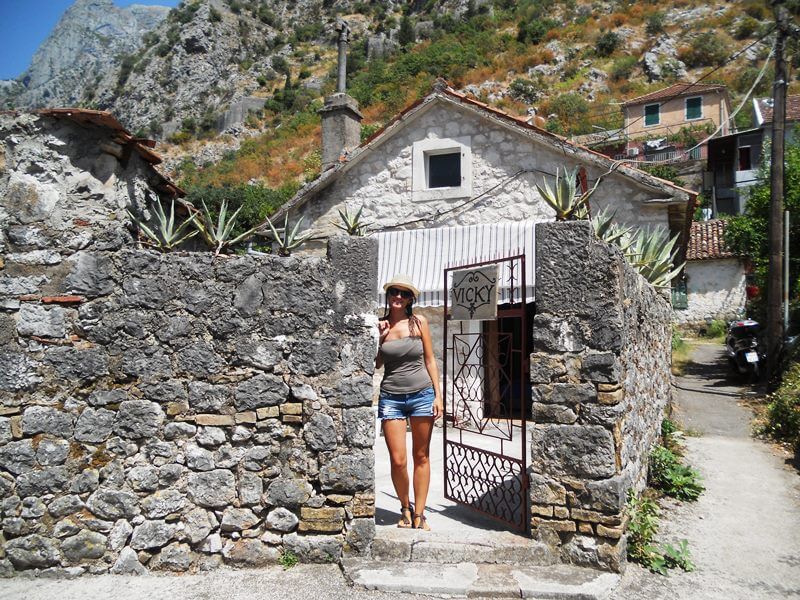
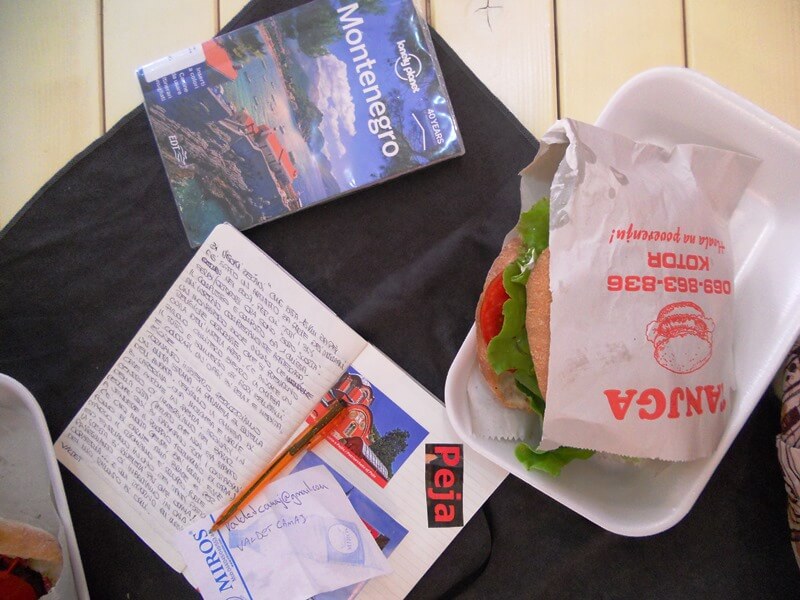
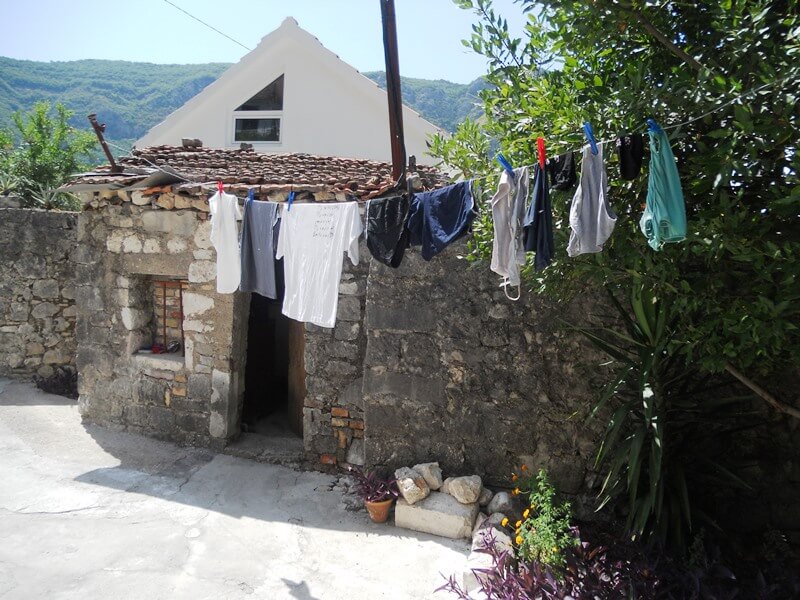
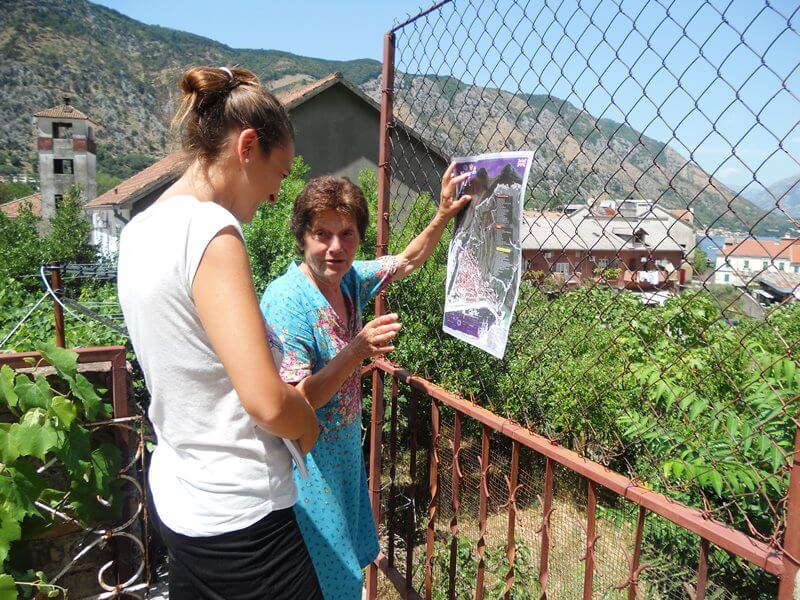
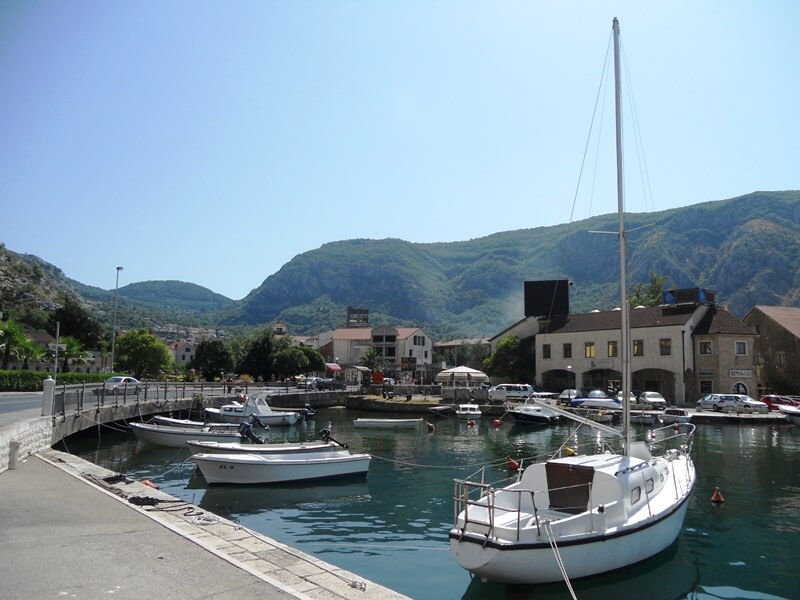
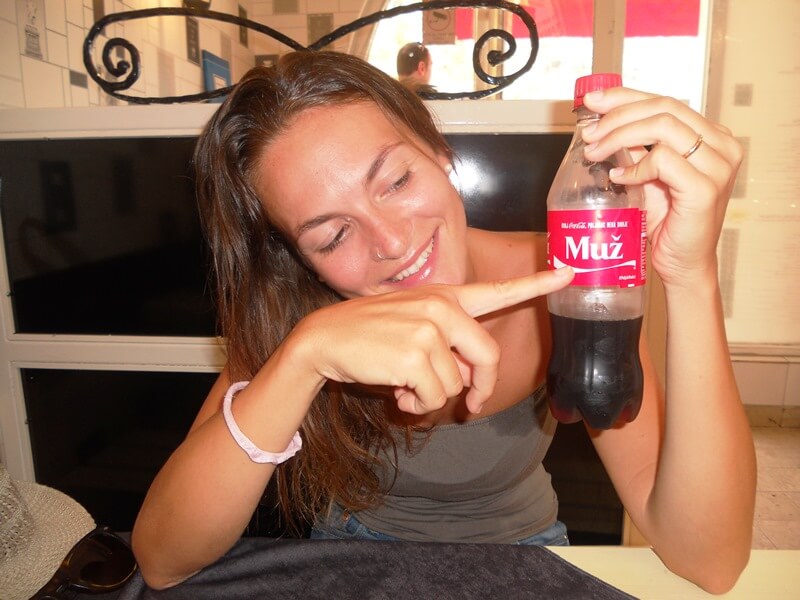
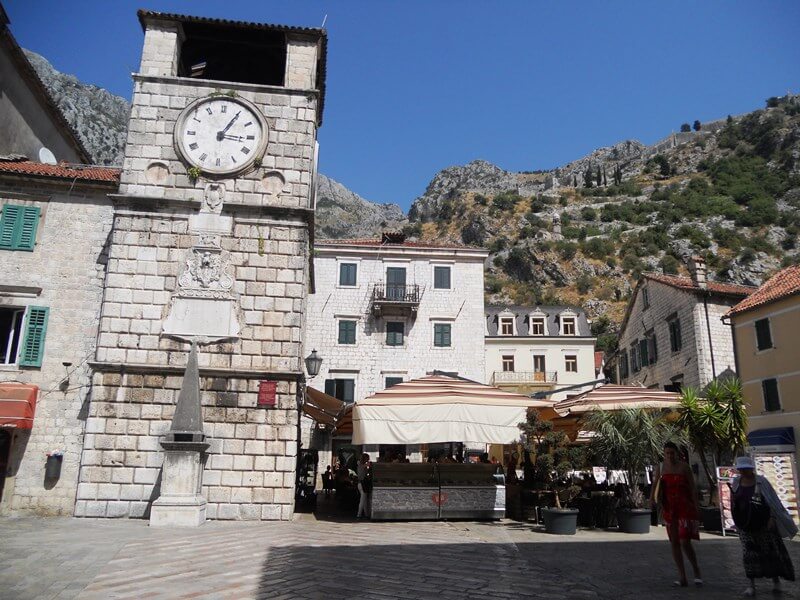
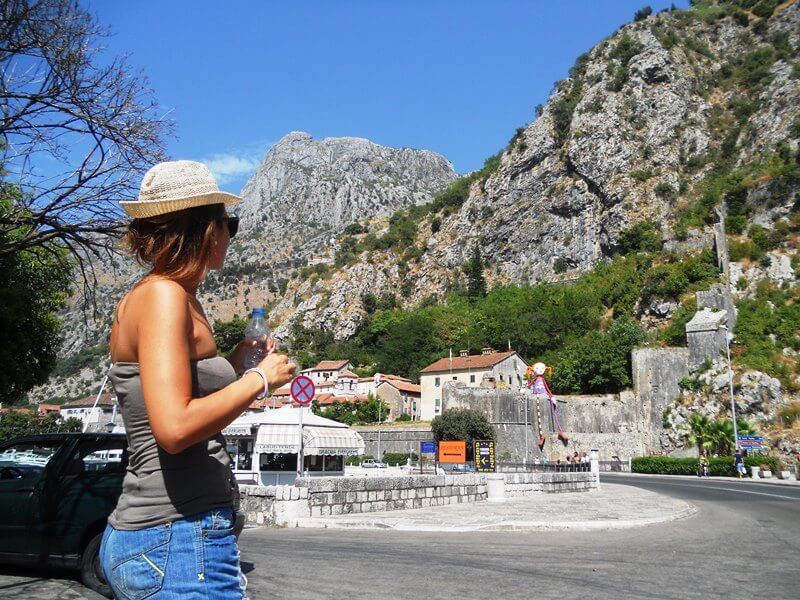
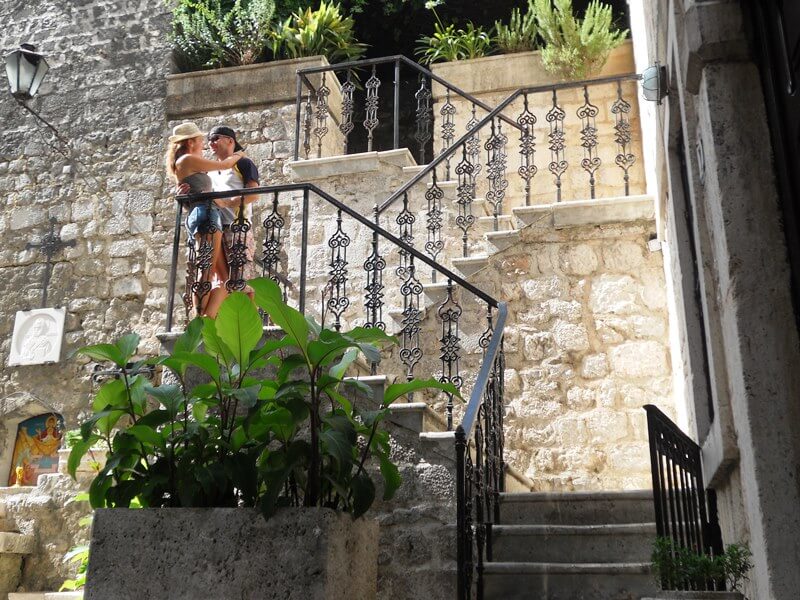
From 1420 to 1797 Kotor was under Venetian domination and this domination has left many traces in local architecture, as well as in the dialect which is precisely a singular mix between Venetian and Slavic. It even seems that among the Venetians a proverb is still in use which, in emphasizing the exoseness of a request, underlines the huge financial resources at the time destined for the construction of the defensive walls of the Montenegrin city: "Te me costi come i muri de Cattaro” and, in fact, the city walls still represent one of the major tourist attractions of the town.
We cross the "Porta del Mare" immediately setting foot in the Piazza d'Armi, a huge clearing all in polished paving ...
Inside a thousand alleys branch off in all directions, very narrow and long, every time you walk one of them you will be enchanted by the discoveries you make: here is a Christian church, an Orthodox church, a romantic little square, a picturesque view, a stone staircase which leads you to the castle on the top of the mountain, a view of the bay of Kotor ...
The sun goes down and we take the opportunity to go through the small harbor that hosts yachts from all over the world ...
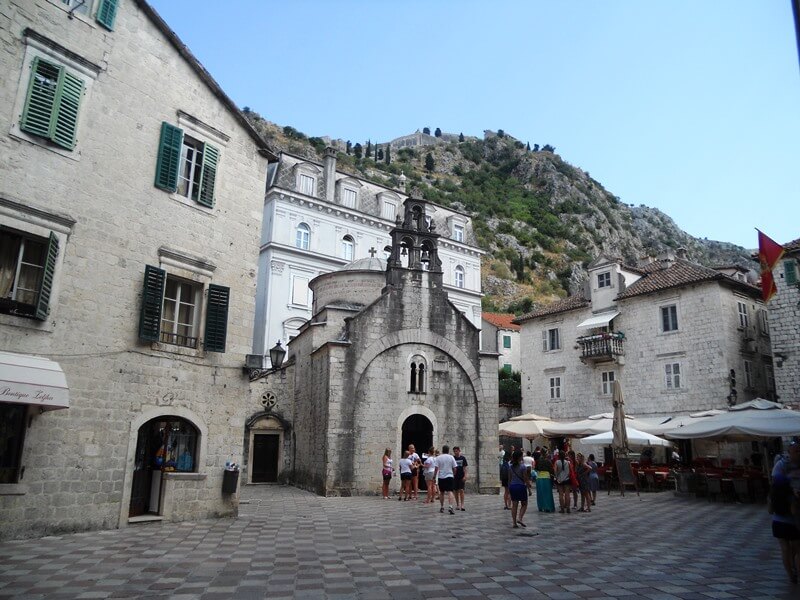
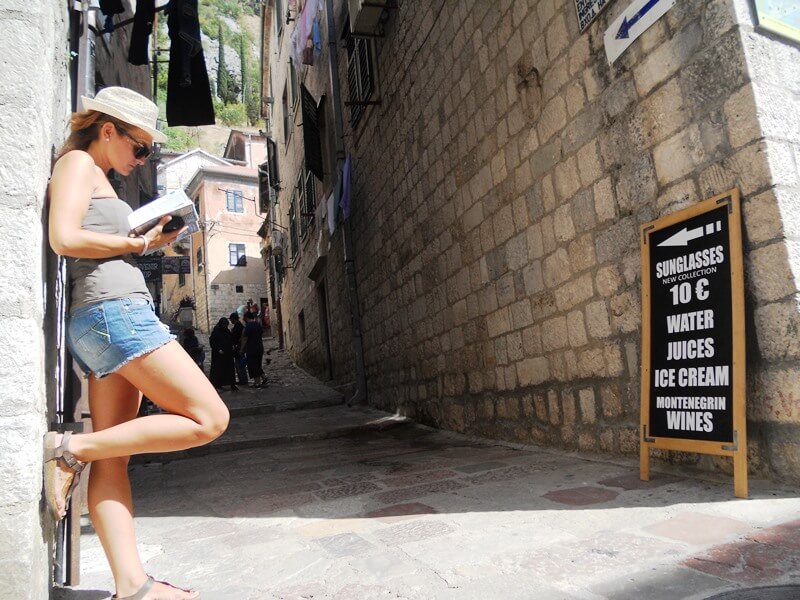
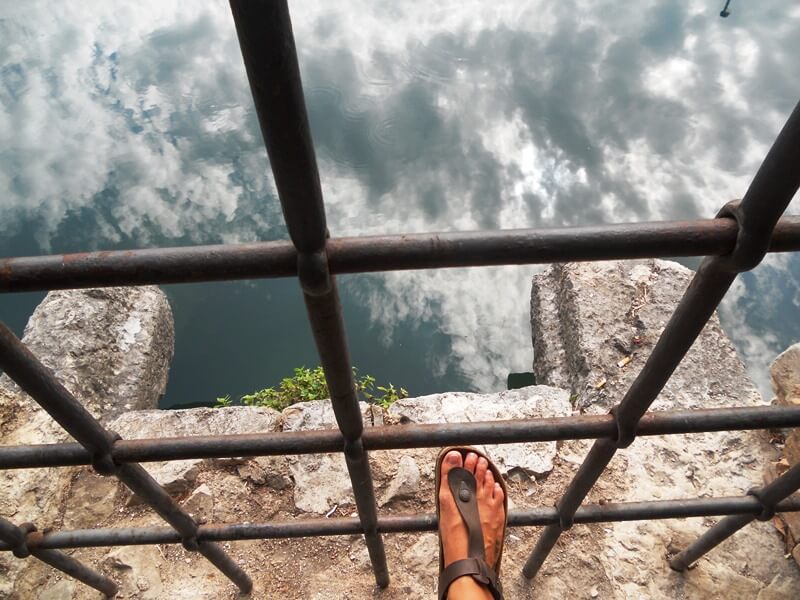

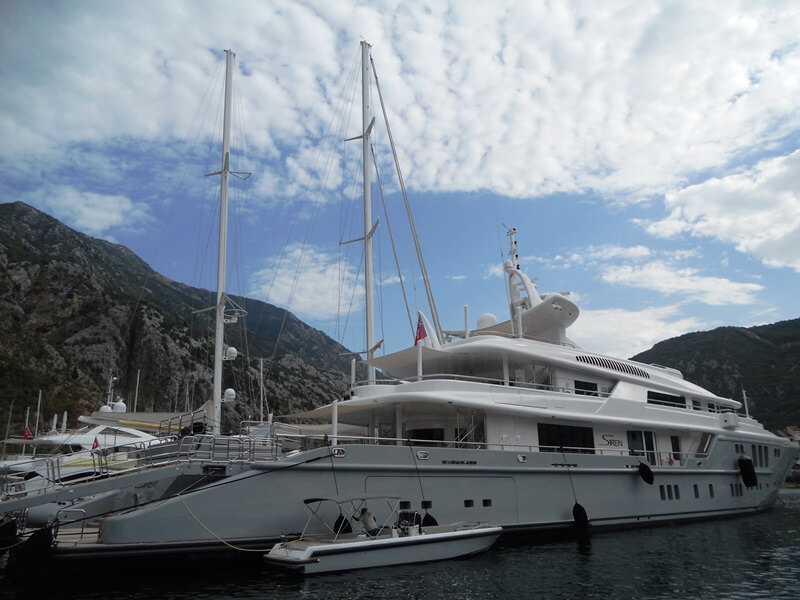
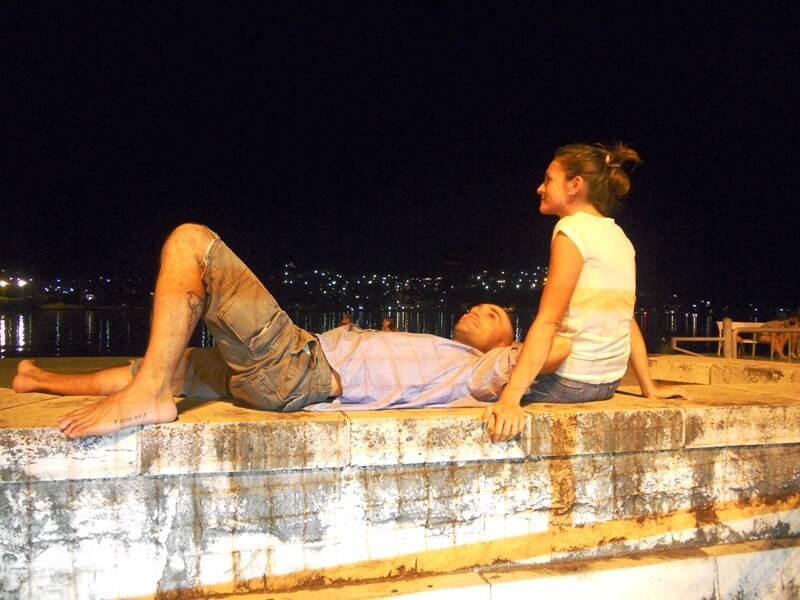
In a short time we reach Sveti Stefan ... a small paradise perched on a hill, famous for the tongue of red gravel sand that connects the mainland to an island, now transformed into a luxury residence that has hosted international celebrities over the years like Sophia Loren, Orson Welles, Elisabeth Taylor (one night can cost up to 3000 euros).
We arrive at our destination: "Casa Milutin", we know this Serbian big man transplanted to Germany and he is immediately sympathetic!
Time to go for a refreshing bath, the water is clear and clean ...
Long beaches, olive groves, stone houses, tree-lined avenues, ancient villages but also many hotels and second homes. In fact, since the 60s of the last century, the Adriatic coast of Montenegro has undergone a significant tourist development and, as almost always happens in places that experience sudden economic fortune, attention to the landscape has not been very high.
With our new friends Milutin, Bernd and Dagma we go to Budva to a small restaurant "Parma" where we really eat divinely, all based on BBQ meat.
Bernd invites us on the boat with them this morning ... the air in his hair, the hot sun, the splashes on his face, all enriched by a wonderful panorama.
We reach coves visible only from the boat, the color of the water is emerald green. Let's make a stop on the island of San Nicola just for a drink and off we go!
Today I was reading about how a life experience (especially made on the go), knowing new people maybe very different from you, enriches you disproportionately, thus forming indelible memories that you will carry with you throughout your life. Every time you remember that episode, in that moment you feel the same happiness ...
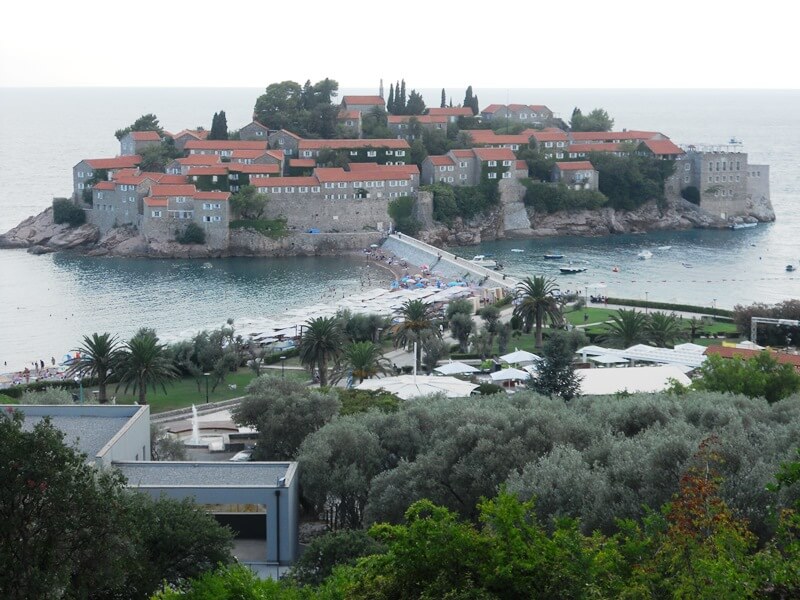
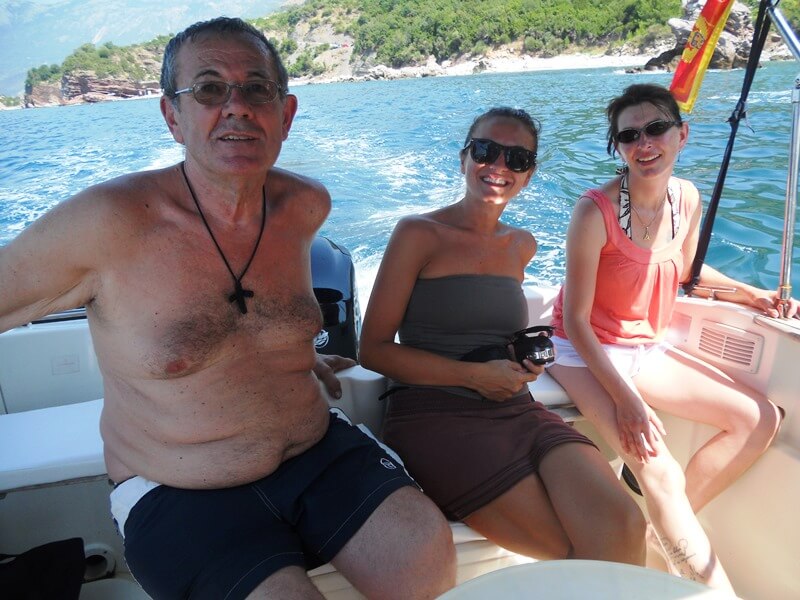
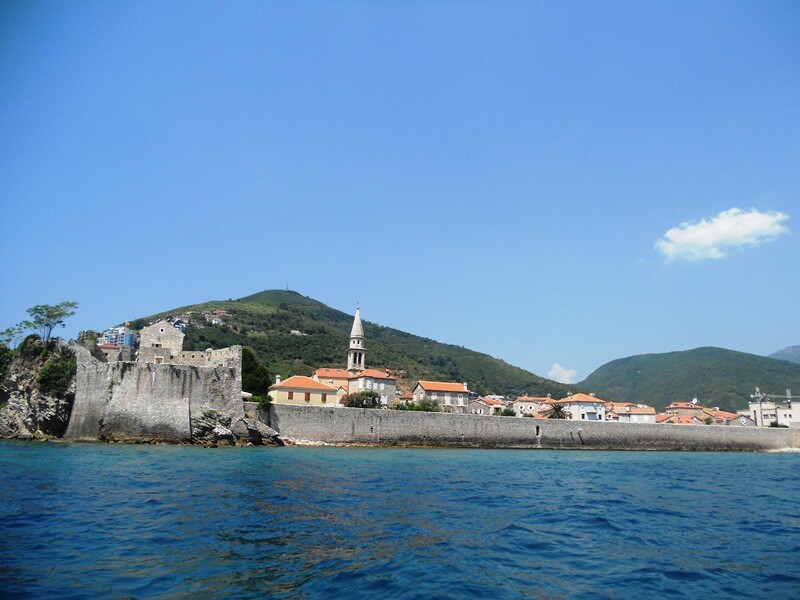
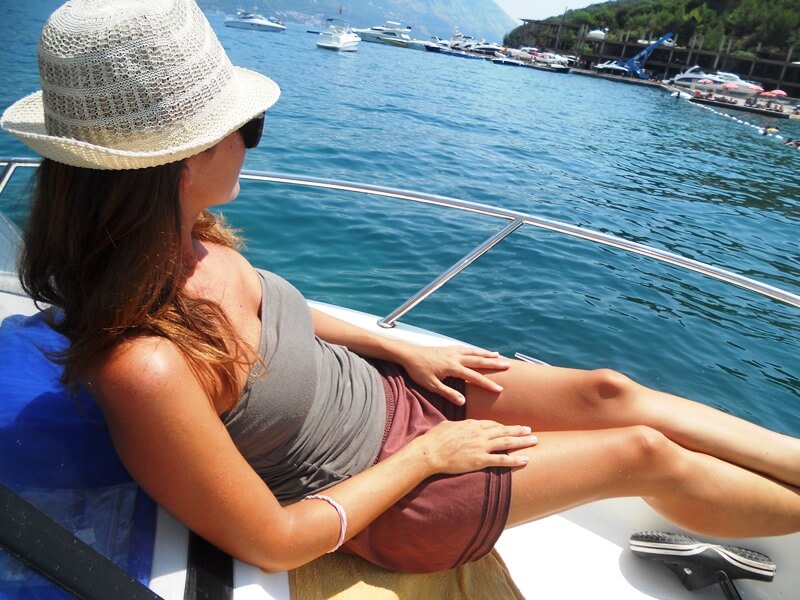
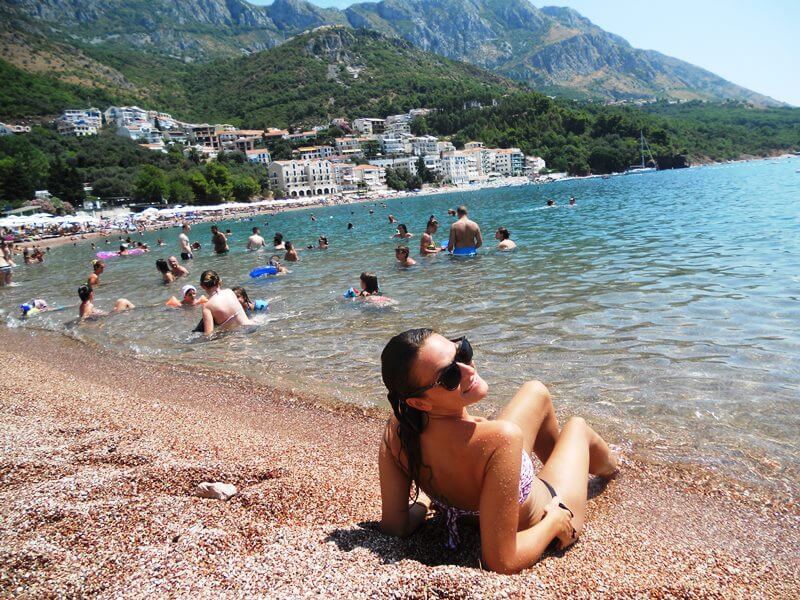
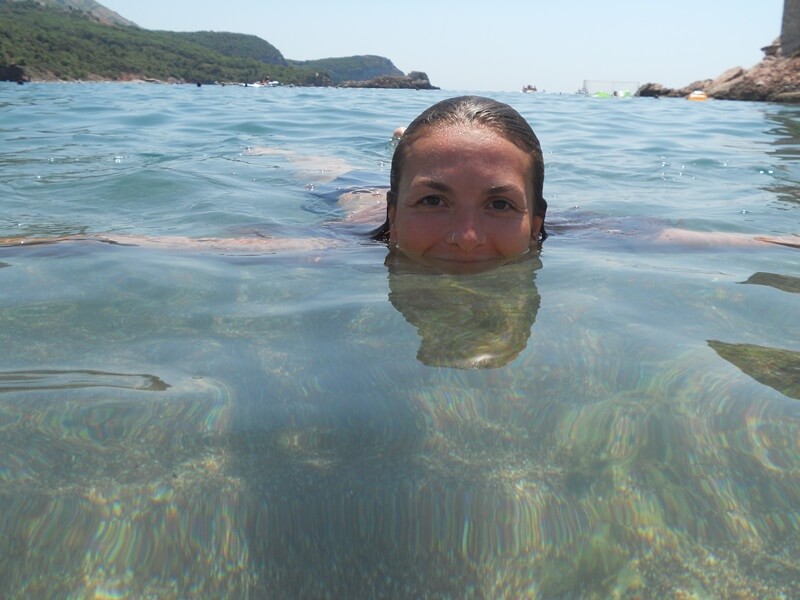
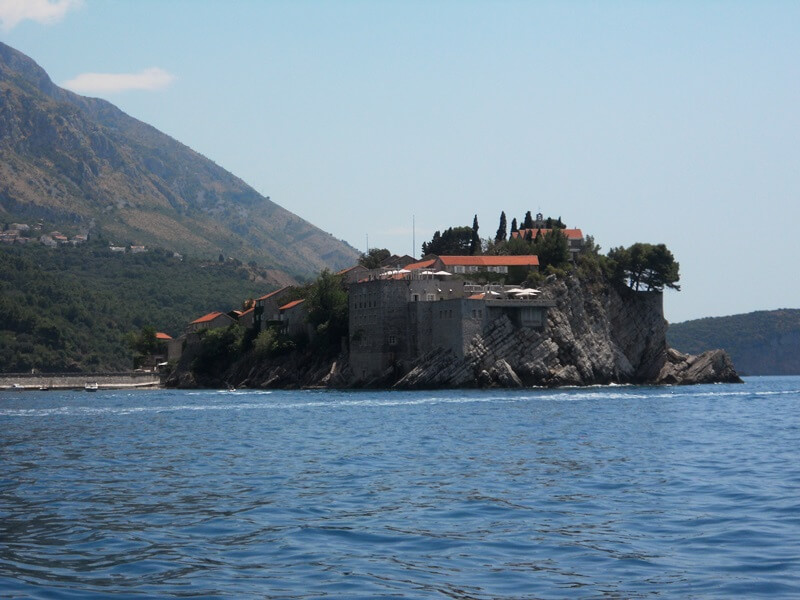
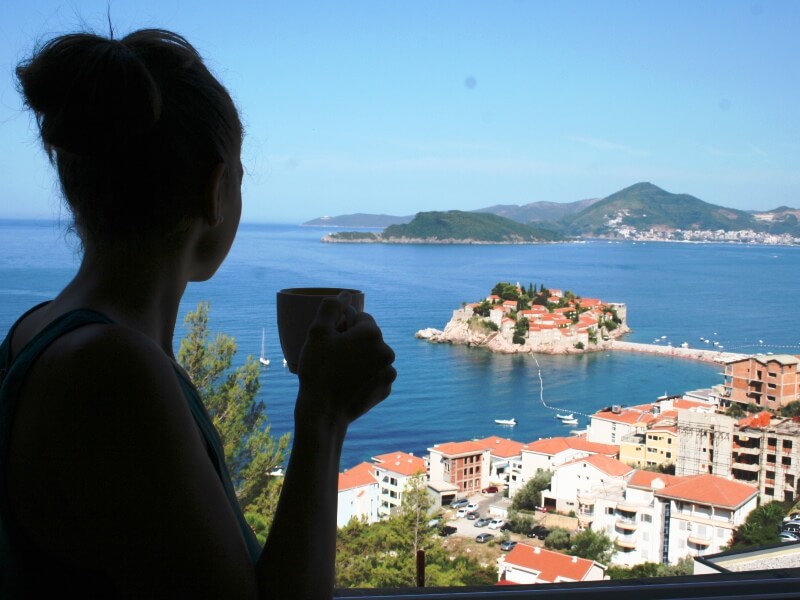
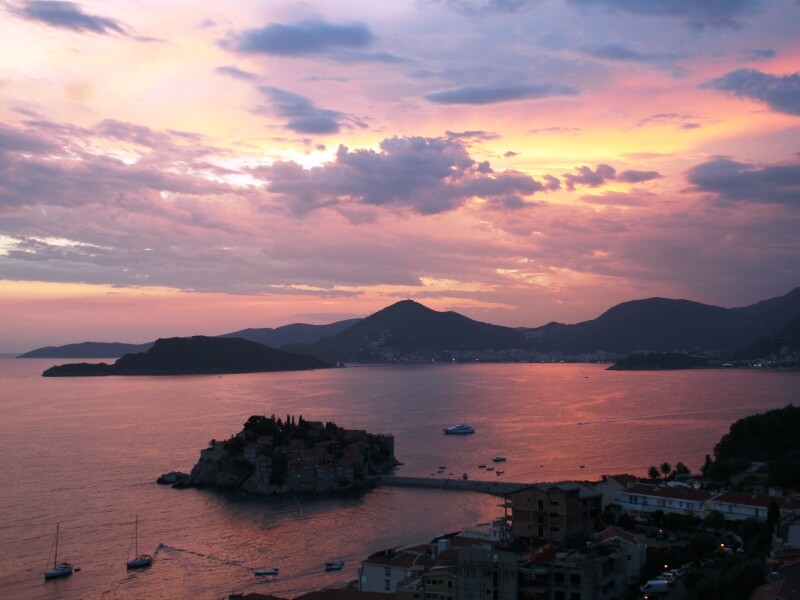
It takes almost two hours to reach our last Montenegrin destination: Ulcinj.
We immediately notice that the background has completely changed and with it also the people ... mosques begin to appear everywhere and the Albanian flags appear again.
The beach is not very inviting and so we take the opportunity to take a tour of the city ...
The desire for "burek" pushes us to a very characteristic place that only prepares this Balkan specialty: excellent choice! We will eat the best burek of the trip!
The fearsome Ottoman pirates established here one of their most important bases for raids in the Mediterranean. Only in 1878, after three centuries of undisputed Ottoman rule, this city returned under the principality of Montenegro. Inevitably, however, Turkish influence has left many traces both from an architectural and cultural point of view. The oriental footprint is particularly evident in the old part of Ulcinj: a fortress, defensive walls, narrow alleys and mosques draw an exotic landscape, decidedly different from other coastal towns in Montenegro.
Walking through the cobblestone alleys of Stari Grad (Old Town) is like stepping back in time in a very picturesque medieval village. Each street is a new discovery, romantic corners, delightful alleys and many view points on the wonderful bay ...
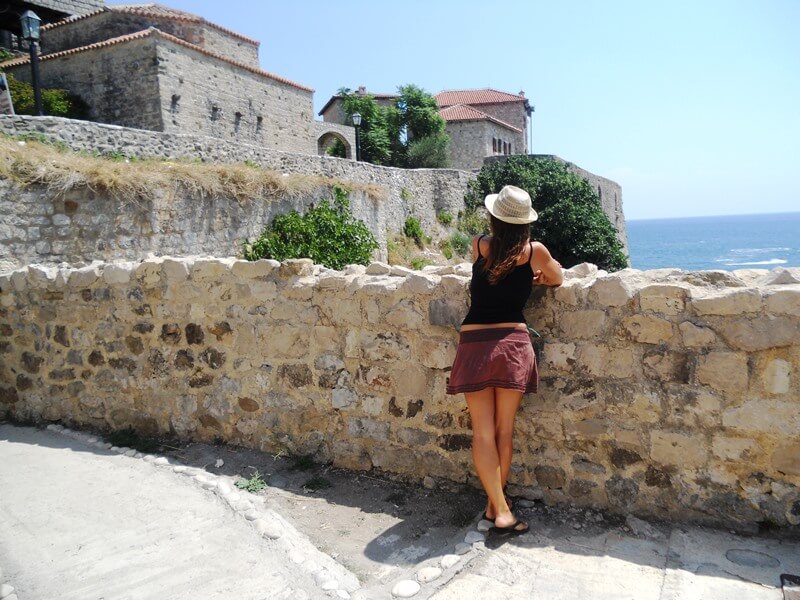
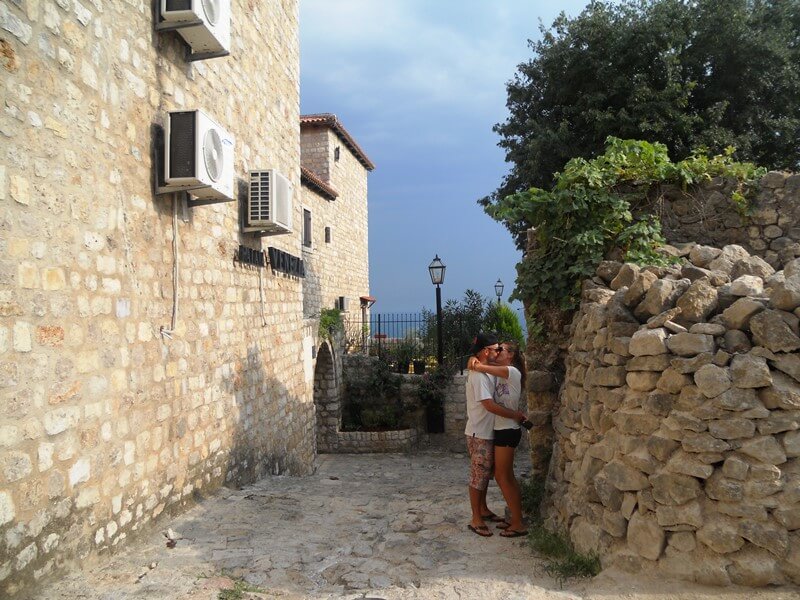

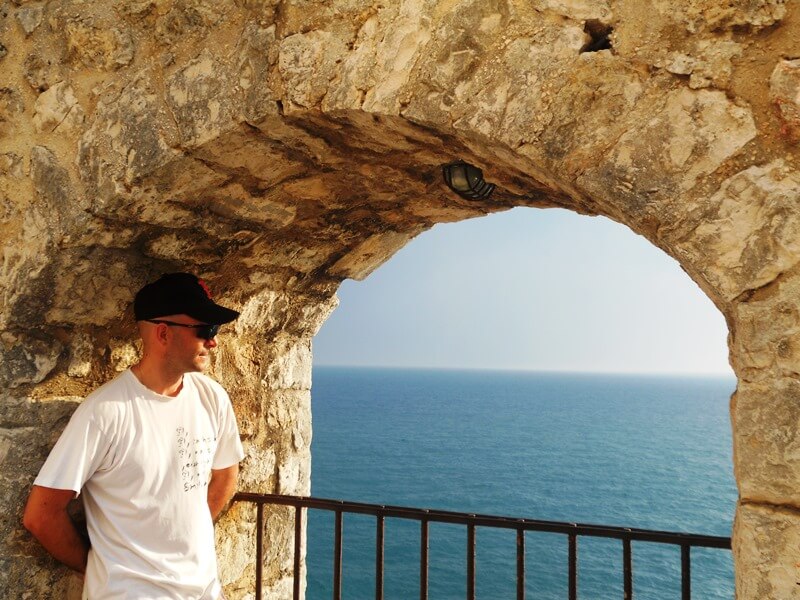
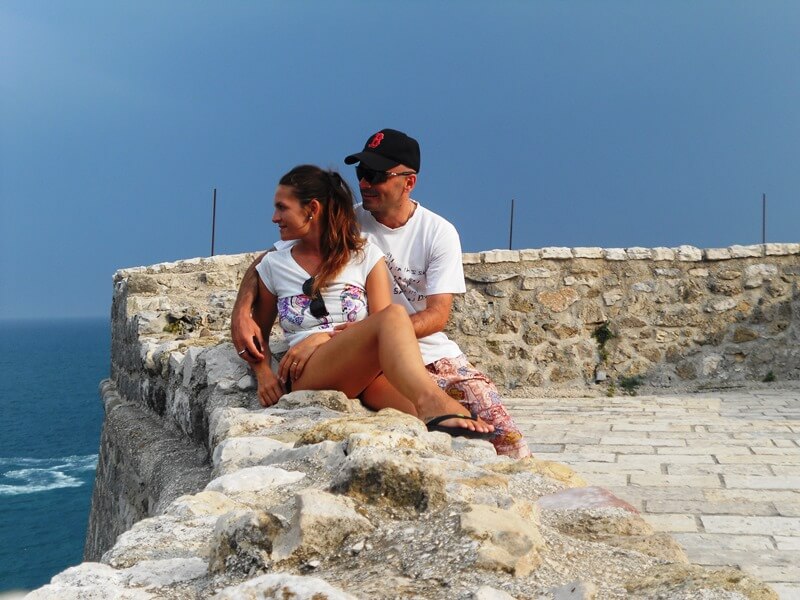
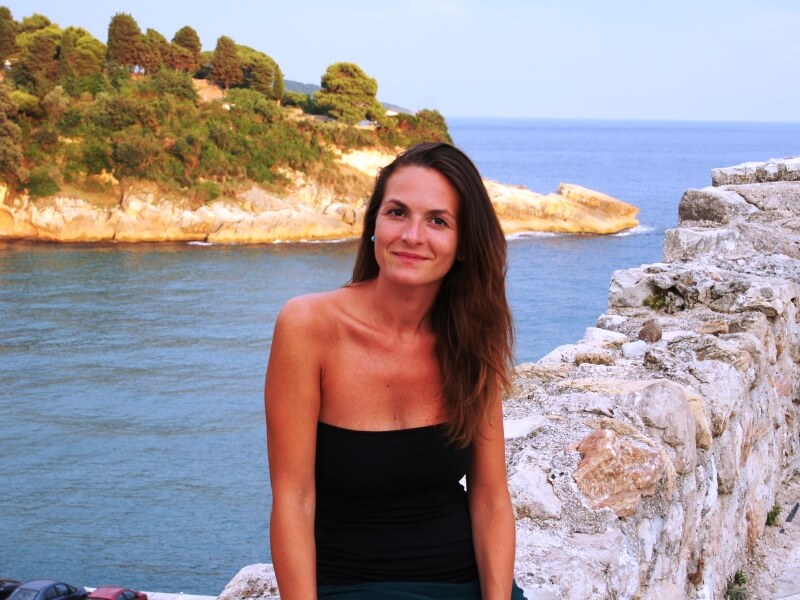
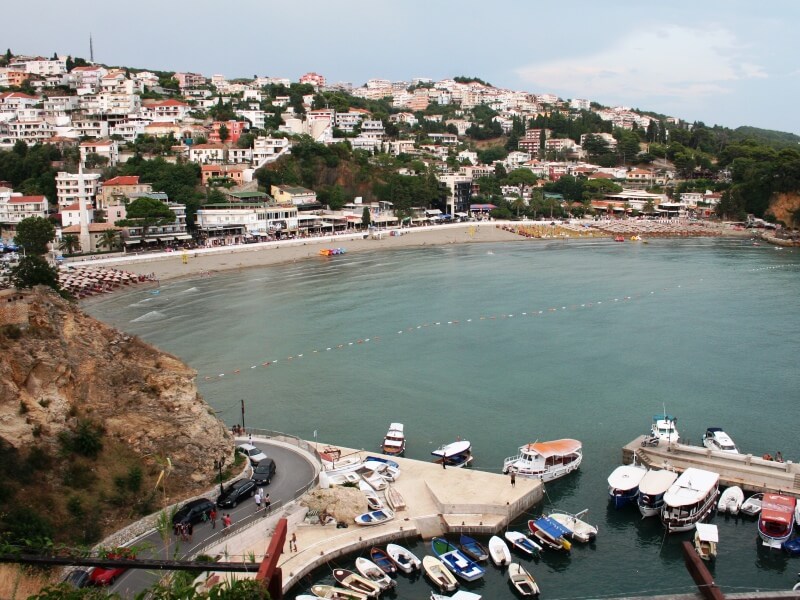
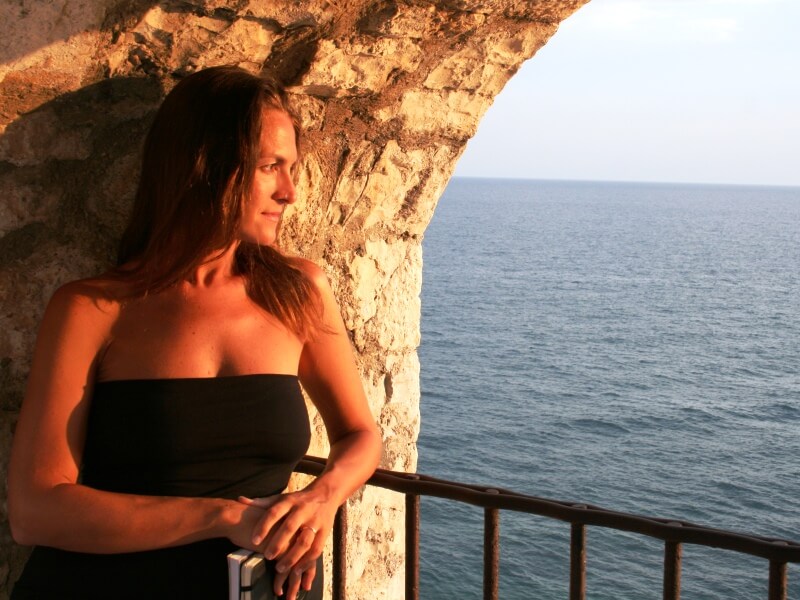
Now, sitting at a table in the Dulcinea Restaurant, we enjoy a romantic dinner based on fish to celebrate the end of this unforgettable journey!
Wake up at 4.45 am, taxi at 5.15 am just as the city begins to wake up ... The white houses of Ulcinj all perched on the hill like a small crib ... small groups of young people or elderly women with white veils on their heads and old suitcases in hand await the bus who will take them home, the holidays are over for them too ... what tenderness!
The taxi leaves us at the bus station, there is only one bus to Shkoder and leaves at 6 and the only ticket office open is assaulted by at least 50 messy people ... only the intervention of the ticket control manager can make us buy our coveted ticket just in time to not miss our bus!
At six o'clock am we leave. The frontier is not far away, passports withdraw us and shortly thereafter: here we are again Albania again!
Error: No feed found.
Please go to the Instagram Feed settings page to create a feed.